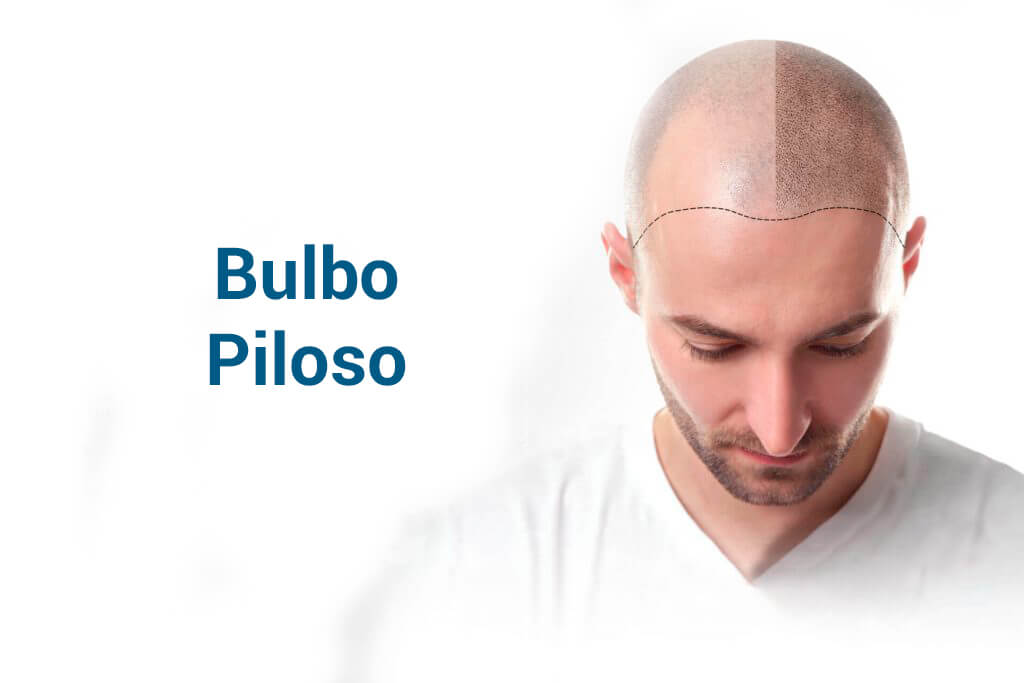BULBO PILOSOUS
Looking at the characteristics of our hair, we realise that it is much more than just hair. As you can imagine, its growth process is very complex and includes the work of hundreds and hundreds of cells and many parts of our body. One of them is the hair bulb, which we want to make known and differentiate from other concepts.
What is the hair bulb?
The hair bulb is an area of the hair follicle that acts as a support or retainer for the hair vessels, the follicular canal and the cells that will later become hair. All the processes necessary for the cells to transform into hair take place there: mitosis, pigmentation, nourishment...
This is visible without a microscope if you pull a healthy hair from your scalp. It turns out to be that whitish coating that we have covering the root. That is, it is the pot in which each of our hairs is going to be planted.
Do you want to get your hair back? We have the perfect solution for you!
Characteristics of the hair bulb
From the hair bulb, the most important information to note is that:
- It is a white structure, milky to the human eye, as it allows us to see the hair contained inside.
- It has up to three layers of basal cells, which will provide the cellular ingredients that travel through the outer sheath that will be formed.
- Below these we find what are known as germinative cells, which are the ones that will develop into hair sheaths and others into hair. These are arranged in an orderly fashion, in six concentric rings, with the three outer ones forming the crustula and the three inner ones transforming into hair, the latter, logically, remaining inside the sheath.
- It changes shape depending on the stage of hair growth, being rounded during hair growth and becoming cylindrical during the catagen phase, i.e. at the time of transition, after hair growth has stopped and the hair begins to detach from the papilla.
Hair bulb and hair loss
Although this is not always the case, it is true that the aggressions suffered by the hair bulb, such as exposure to UV rays or oxidative stress, end up modifying the hair follicle. This leads to a wide variety of circumstances such as miniaturisation, thickening of the conjunctival sheath, changes in hair microcirculation, thinning of the hair, greater fragility, loss of follicle implantation, deficient hair mass...
The consequence of this is, as you can imagine, premature hair loss. Although hairs have a life cycle that repeats itself 20 to 25 times, they can be accelerated by conditions like these, so your hair can die earlier than it should.
It is also interesting to know that if we suffer from androgenetic alopecia, our follicles will gradually shrink in size. If the bulb disappears, we will have lost the possibility of seeing the hair that it is meant to hold grow back.
